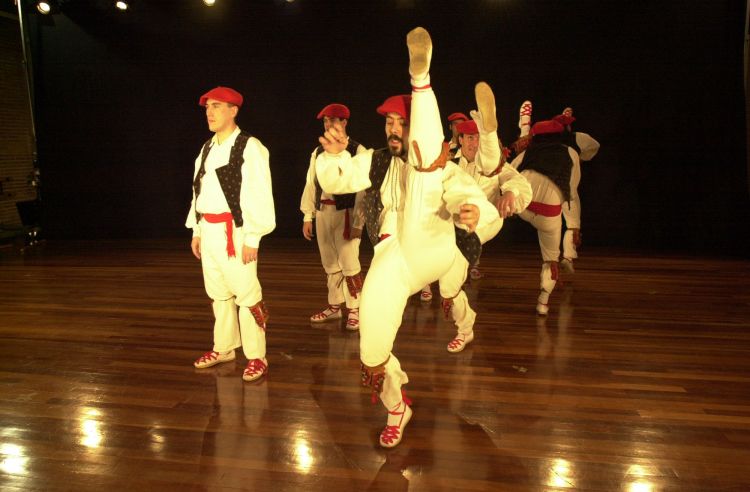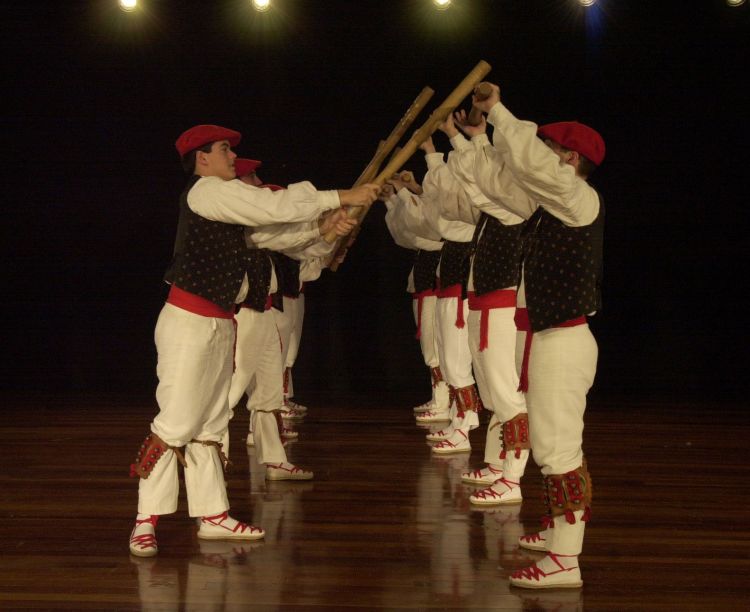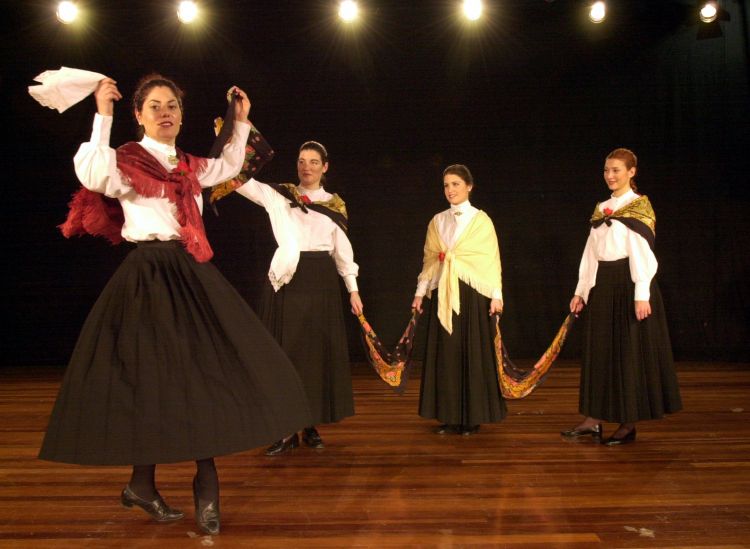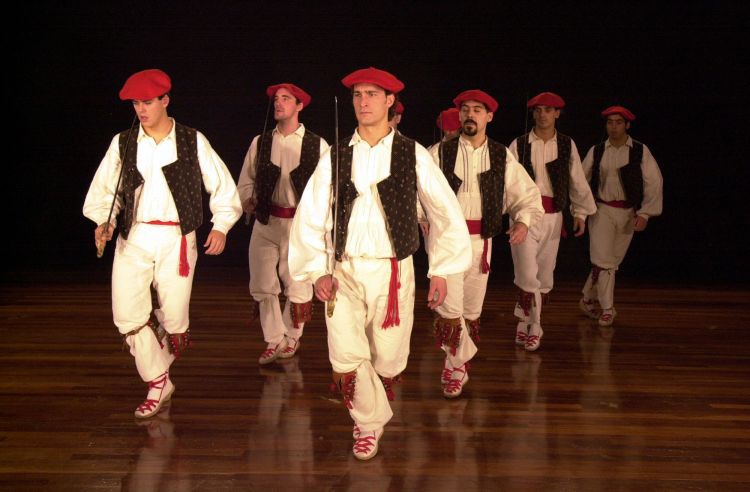Biribilketa
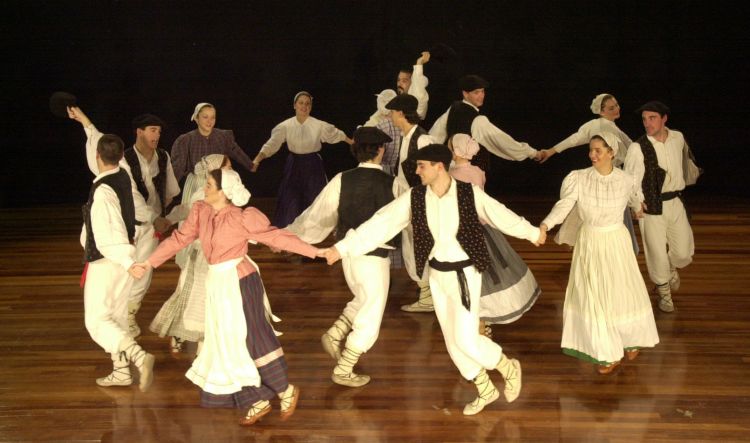
It is a dance, also known as Corre Calles (Street Running), where men and women in no particular order jump to the rhythm of the music and form a chain, then move off holding hands. Its chaotic performance, with the dancers being in no particular order or going in any particular direction and just following the leader of the dance has led to theories that connect such an exhibition to the myth of Theseus coming out of the Labyrinth.
Clothing
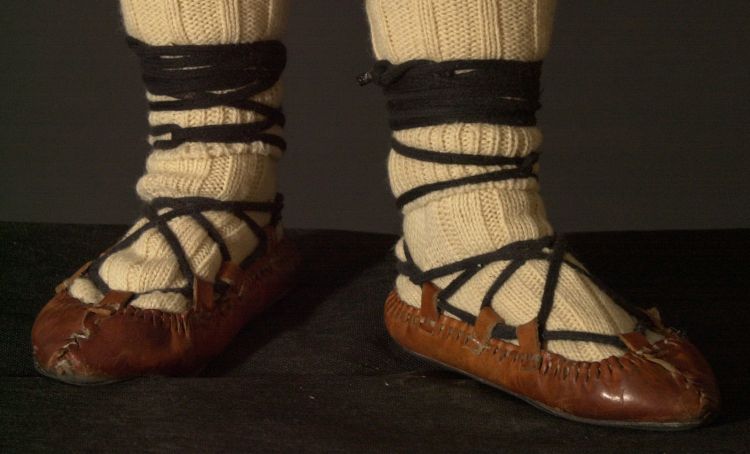
As it is a social and mixed dance and not governed by the ritual or etiquette of certain celebrations, it has been performed using the costumes that were closest at hand. Even today, we can see the Biribilketa performed with the dancers wearing their best suit or everyday clothes, in a sweater, and carrying a variety of instruments, as it is fundamentally a communal dance, performed whenever there is a reason for being happy.
Implements

There are no implements that are typical to such a dance, as whoever takes part in it, joins in using his own background.
Music

The Biribilketa has always been danced to quick and lively music and tunes with a wide range of scores and variations, mainly due to the ease with which such an exhibition can adapt to the rhythm.
History and Geography
The choreography of the Biribilketa, as well as its performance, with young women and men holding hands jumping to the beat of the music, without any order or harmony beyond just following the music, roaming from side to side, with bridges that the dancers go over and under, lead us to believe that it is a very old dance. Primitive peoples from all over the world have used the same parameters to give free rein to the way they are feeling. In the case of the dance performed in Bizkaia, as is the case in the rest of Europe, there are no precise references that allow us to place it in a specific period and the authors have even wanted to read into it symbolic references to Theseus's exit from the Minotaur's maze and thus give it an even more obscure character, associated with classical Mediterranean mythology, not so far from our lands.
Such an ad hoc hypothesis is something that is common to Agrafa societies, such as the Basque one, where it is only through travellers and visitors that we can discover how our ancestors worked and lived not so long ago. In more recent times, we even come across pictorial references to men and women hand in hand. They are courtier dances, where the twists and turns that make up the Biribilketa are accompanied by a tambourine, a flute or just someone singing. Later on, we will find dances, such as the one that E. Jordá cites as typical of the stevedores in Bilbao's docks, that may well be of the type that we are looking at here, in which only women return from work shackled by the hands with violent or rapid movements. We therefore can not offer a historical analysis of the origins of this dance.

